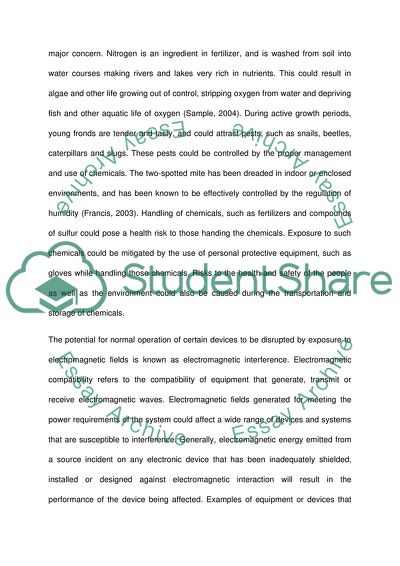Cite this document
(Cold Region Fern House Temperature Control Research Paper, n.d.)
Cold Region Fern House Temperature Control Research Paper. https://studentshare.org/environmental-studies/1723505-cold-region-fern-house-temperature-control
Cold Region Fern House Temperature Control Research Paper. https://studentshare.org/environmental-studies/1723505-cold-region-fern-house-temperature-control
(Cold Region Fern House Temperature Control Research Paper)
Cold Region Fern House Temperature Control Research Paper. https://studentshare.org/environmental-studies/1723505-cold-region-fern-house-temperature-control.
Cold Region Fern House Temperature Control Research Paper. https://studentshare.org/environmental-studies/1723505-cold-region-fern-house-temperature-control.
“Cold Region Fern House Temperature Control Research Paper”. https://studentshare.org/environmental-studies/1723505-cold-region-fern-house-temperature-control.


